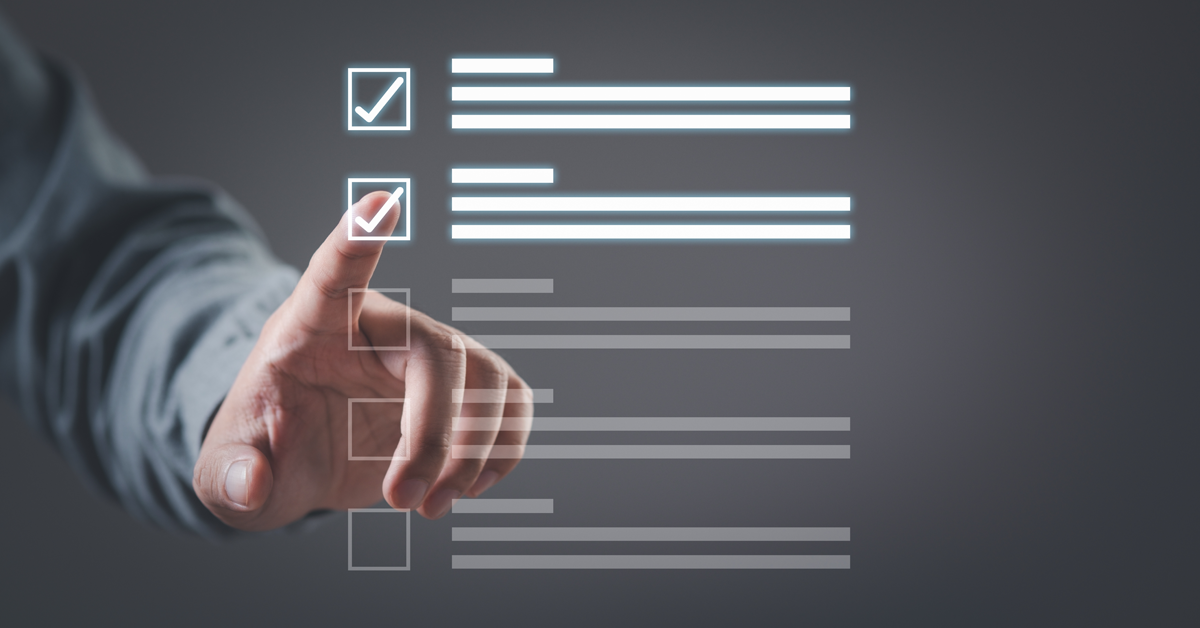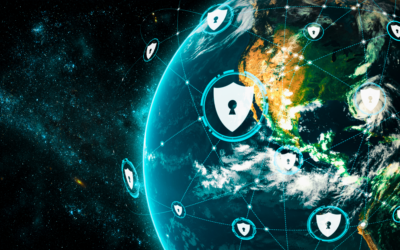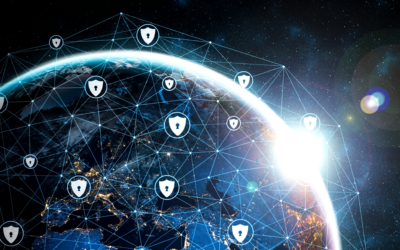Comprehensive and consistent cybersecurity is no easy task for any organization, as it can often overwhelm understaffed IT teams and continually create challenges related to ever-evolving malware and vulnerabilities. All too often, Administrators choose to take a straightforward yet ineffective approach that relies solely on compliance mandates within their industry/sector – blissfully unaware of the increased risk they have placed over their organization through a false sense of security.
The Compliance Illusion
Compliance with industry regulations and cybersecurity standards is undoubtedly a crucial starting point in establishing a secure environment for data, employees and customers. Mandates provide guidelines and requirements to protect sensitive data and mitigate risks while maintaining trust. From HIPAA safeguards for personal health to PCI DSS safeguards for payment card data, compliance remains imperative for organizations operating in the finance, healthcare and e-commerce industries. However, it is essential to recognize that compliance is purely a static framework.
Choosing to view compliance as the endpoint rather than a stepping stone can create a dangerous illusion of security for any business. It is equivalent to having the right answers to yesterday’s test questions, while a new, more complex exam is being administered today. Cybercriminals and hackers are growing increasingly sophisticated and intentional in their attacks, making it their business to understand and exploit the ins and outs of compliance requirements. As a result, a more dynamic and holistic approach to security is going to be the most effective way to navigate the ever-shifting threat landscape.
Read More: Maximizing Network Safety with Holistic Cybersecurity Solutions
According to a survey released by Pulse in 2022, compliance is actually the biggest driver of the identification of an organization’s security needs, not the eliminator of business risk. Unfortunately, organizations will opt to spend millions of dollars, time and resources trying to meet basic security requirements, feeling accomplished through a false sense of security when they successfully meet criteria and pass audits. When businesses are too focused on meeting compliance, they undermine real-world threats.
Such threats are evolving and changing every day. With new malware gangs resurfacing every other month, hackers becoming more daring and the exploitation of data an ever-alluring playing field, organizations must prioritize risk. However, attempting to mitigate risks requires more than just applying patches promptly and regularly checking backups. While patching and compliance are driven by a mutual desire to mitigate security risks, there is still a significant security gap that exists between the two.
Embracing Holistic Security to Close the Gap
Assessing risk levels and addressing cyber threats, zero-day vulnerabilities and fast-moving threat actors requires a more methodical approach than an immediate fix. Common compliance framework changes tend to take an exceedingly long time to be completed (the “designed by committee” approach), and the risk landscape simply moves faster. Even if compliance requirements were cut in half (timewise), it would still not be fast enough in an environment where, for example, AI code bots can find vulnerabilities and craft exploits within minutes. In this environment, where cyber adversaries are constantly innovating, organizations need to be equally agile in their response to cyber threats. This involves continuous monitoring, threat intelligence integration, incident response planning, automation, employee training, collaborative threat sharing, and most important of all, automated patching.
Common compliance framework changes tend to take an exceedingly long time to be completed (the “designed by committee” approach), and the risk landscape simply moves faster.
Incorporating live patching into operational security can transform the overall security of a business. Basic compliance demands patches to be applied to vulnerabilities but does not often outline the rapid pace they must follow. For example, compliance guidelines may apply critical patches on time, but that definition can vary from person to person on an IT Team. Such details are not often clearly explained, creating confusion, and creating a broad attack surface of unpatched vulnerabilities that are completely overlooked.
Streamlining this process through automated patching works to intercept and modify code at run time without interrupting normal business operations. This means user downtime is not required and makes scheduled maintenance outdated. With regular patching, such a time-consuming task, under-resourced teams are often unable to patch as fast or as consistently as they should. The disruptions to servers can feel strenuous on a business and result in vulnerabilities that go unpatched for months or even years on end. Today, about two years after it was first announced, a quick scan of Internet-reachable IP addresses still shows a dismal number of systems vulnerable to Log4j. And this was a widely publicized vulnerability, most others do not achieve the same level of notoriety but can be just as dangerous.
Read More: From ERM to ESRM: Shifting Focus to Comprehensive Security
Ensuring patching continuity through automation can provide a much more effective and consistent schedule for vulnerability management. Instead of security vulnerabilities leaving back doors wide open, patches can be applied within days of the CVE being announced.
True Security Is More Than a Checkbox
Consistently applying patches without the necessary foundational elements is a challenging task, leaving a wide opening for potential cyberattacks. Opting for automation in this process not only alleviates the strain on IT teams but also offers impenetrable protection against high-risk vulnerabilities. Moreover, it results in cost reduction and significantly enhances response times. Prioritizing vulnerability management at this level enables organizations to create a proactive and more efficient environment in the face of ever-growing threats. Any opportunity to automate and expedite a procedure, regardless of how seemingly minor or logistical it may appear, should be embraced by SecOps teams to enhance their overall security posture.
Adopting a more methodical and adaptive approach to risk assessment and mitigation can transform a business’s security posture. Not only does it help fortify defenses against known threats, but it also ensures organizations are fully prepared to respond swiftly to known threats. By fostering a culture of continuous improvement that thinks outside the box of compliance, IT teams and security leaders can feel confident in their cybersecurity resilience.




